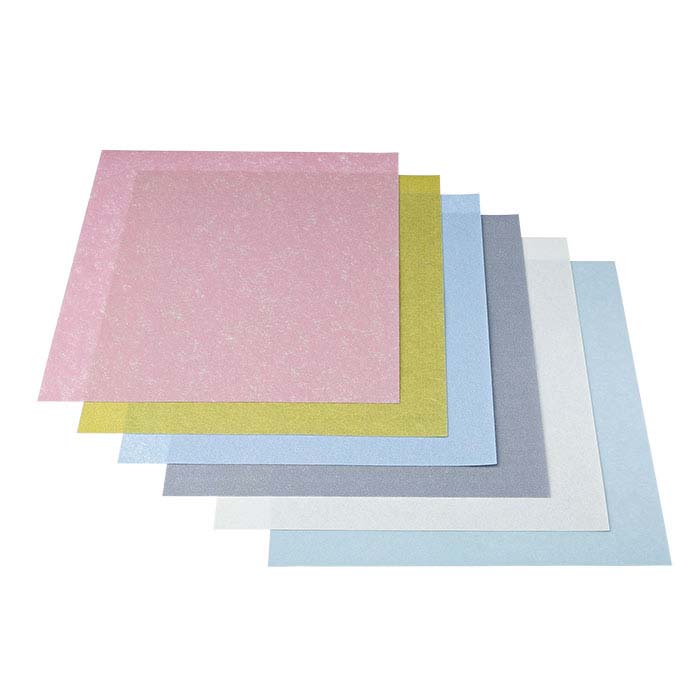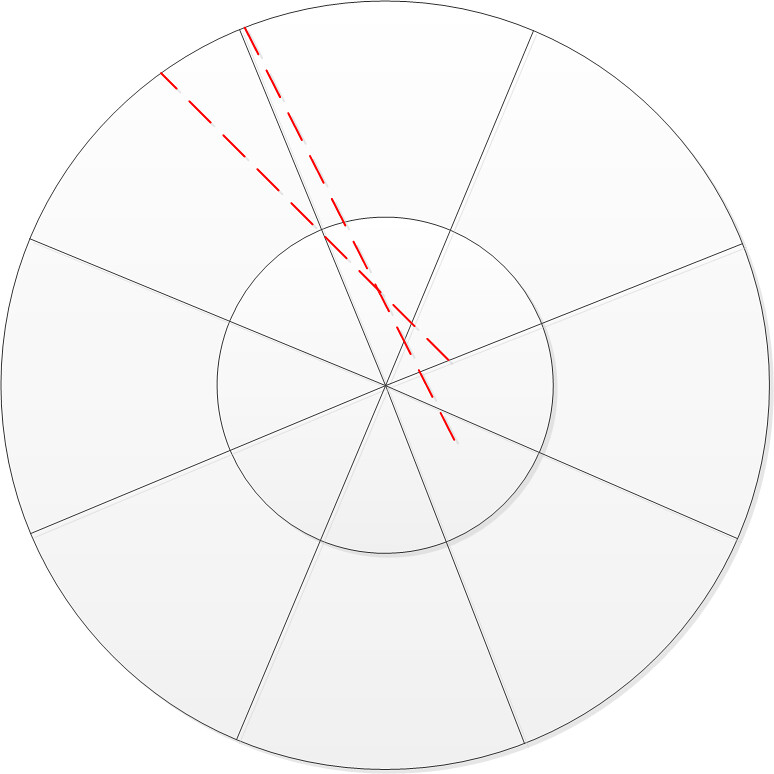Cactus Jack
Senior Member
- Messages
- 484
I have a few new necks, and rather than simply bolt them on, I decided to give them a solid once over. My goal is to burnish the neck, and level, crown, and dress the frets. I've never done this before so I'm learning as I go.
Here are a few pics of the necks right out of the box:



Again, I've never done anything like this before, let alone burnish a new neck. I read Cagey's post, grabbed the Strat neck, and got to work. My progression was 600/800/1000/1500/2000/3000 and roughly 10/10/15/20/30 minutes respectively. The pictures don't do the results justice. The neck is like glass, it's soooo incredibly smooth. Now for the good and bad. Good, I love everything about it. Bad, now I hate my finished necks and have 5 other roasted maple necks to do. Funny part, I thought the stock roasted maple felt fantastic...now it feels barbaric.






On to the frets. I debated if I should even attempt a fret leveling. I decided to let my fret rocker decide for me. I grabbed my fret rocker and spent darn near an hour inspecting the frets as closely as possible. While the frets are ready to for 99% of folks I did identify several uneven spots. Some areas were worse than others, but my rule was if I could HEAR the fret rocker tink off a fret I'd mark it. Here are my initial results:


That's all I got for tonight. Tomorrow and over the weekend I'll attempt to level, crown, and dress the frets. Stay tuned!
Here are a few pics of the necks right out of the box:



Again, I've never done anything like this before, let alone burnish a new neck. I read Cagey's post, grabbed the Strat neck, and got to work. My progression was 600/800/1000/1500/2000/3000 and roughly 10/10/15/20/30 minutes respectively. The pictures don't do the results justice. The neck is like glass, it's soooo incredibly smooth. Now for the good and bad. Good, I love everything about it. Bad, now I hate my finished necks and have 5 other roasted maple necks to do. Funny part, I thought the stock roasted maple felt fantastic...now it feels barbaric.






On to the frets. I debated if I should even attempt a fret leveling. I decided to let my fret rocker decide for me. I grabbed my fret rocker and spent darn near an hour inspecting the frets as closely as possible. While the frets are ready to for 99% of folks I did identify several uneven spots. Some areas were worse than others, but my rule was if I could HEAR the fret rocker tink off a fret I'd mark it. Here are my initial results:


That's all I got for tonight. Tomorrow and over the weekend I'll attempt to level, crown, and dress the frets. Stay tuned!
























